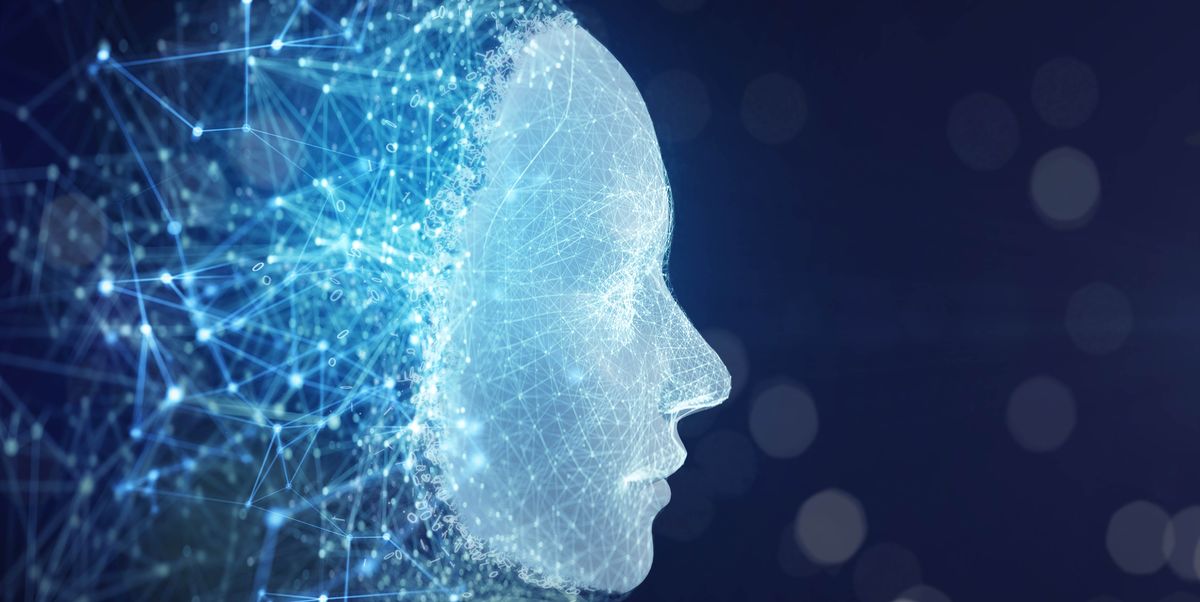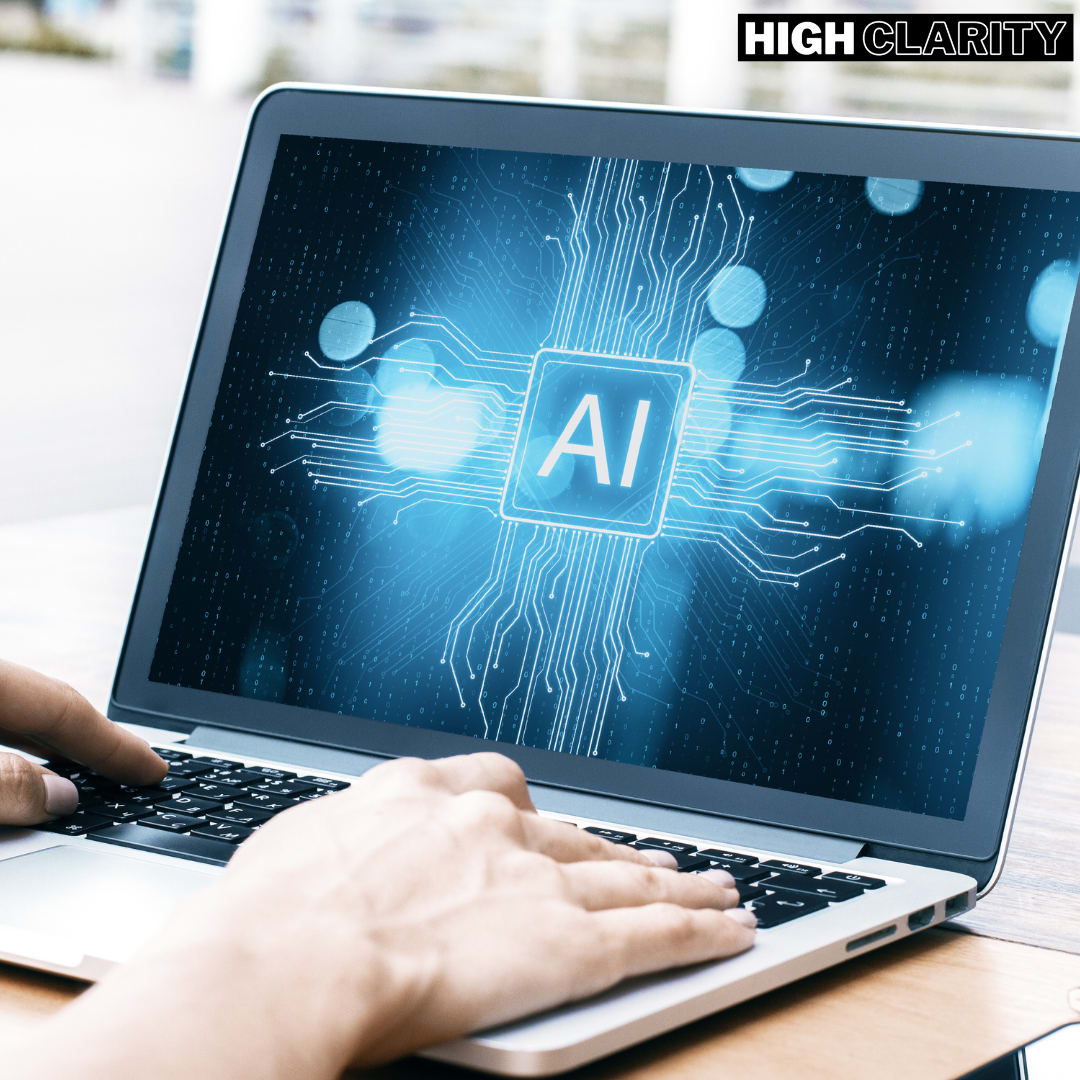
Researchers have taken a significant step toward bridging the gap between human and artificial intelligence by revealing how simulating the brain’s ‘hidden wiring’—its complex, often overlooked micro-circuitry—could enhance AI’s learning and cognitive abilities. The findings propose that mimicking the brain’s intricate neural structures may help artificial intelligence systems move beyond current limitations and replicate human-like cognition more effectively.
Traditional AI models, such as those based on deep learning, are largely influenced by abstracted neural networks that simplify the way biological neurons interact. While powerful in processing large datasets and performing specific tasks, they lack the flexible, adaptive reasoning that human brains exhibit. Key to this adaptability is the human brain’s rich, multi-layered network of connections that work in parallel across different regions, often behind the scenes—the so-called hidden wiring.
The recent study emphasizes the importance of this internal connectivity, which includes not only the well-known synaptic connections but also a web of fine-grained substructures and feedback loops that significantly contribute to human cognition. By modeling these lesser-known features, the researchers believe AI systems can better process ambiguous information, generalize experiences across different contexts, and respond to new challenges more intuitively.
“We’re looking beyond the simple feedforward networks of neurons and examining how the brain actually integrates information over time and space,” said one of the lead researchers. This new approach involves simulating the brain’s dynamic patterns of connectivity, particularly how different regions coordinate through feedback and modulatory pathways—attributes that current AI systems often lack.
The implications are far-reaching. If successful, brain-inspired AI systems could be more explainable, robust, and capable of reasoning in complex real-world environments. Such systems might better understand human language, adapt to novel situations with minimal data, and even offer insights into neurological diseases by replicating both healthy and pathological brain circuits.
The research opens a pathway for interdisciplinary collaboration among neuroscientists, computer scientists, and cognitive experts aiming to fuse biological fidelity with computational power. As AI continues to evolve, incorporating the hidden yet vital structure of human cognition may be the key to building machines that truly think like us.
Source: https:// – Courtesy of the original publisher.








